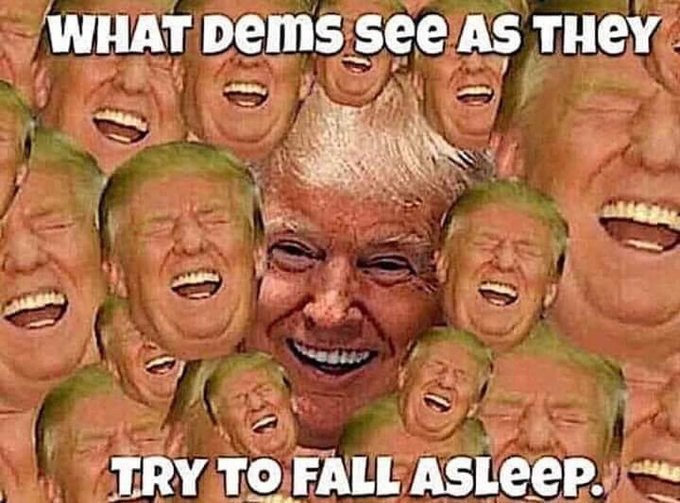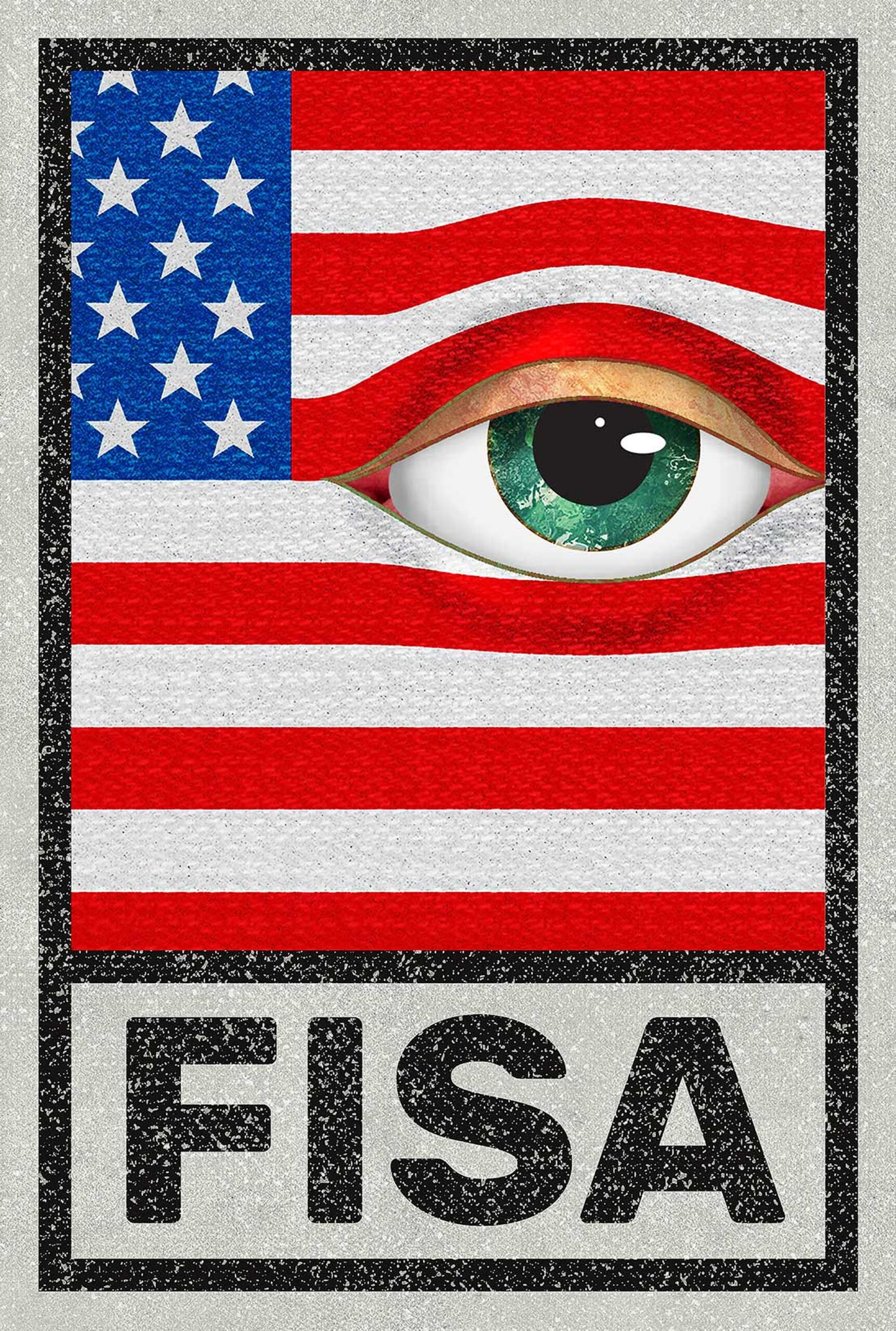Six years ago, amidst the chaos of social media censorship, Facebook’s algorithm decided to flex its artificial muscles and ban a meme that shook the digital world like a seismic wave in a kiddie pool. The meme? Oh, just a harmless collage of President Trump’s face, adorned with an expression of uproarious laughter, accompanied by the caption: “What Democrats see when they fall asleep at night.”
Now, you might think, “What could be so scandalous about a chuckling Trump?” Well, brace yourselves, because apparently, Facebook’s algorithm has a rather peculiar sense of nudity. Yes, you heard it right—nudity. Somehow, in the twisted realm of artificial intelligence, the algorithm mistook Trump’s face for something more risqué than a beach full of sunbathing nudists.
Picture this: Zuckerberg scratching his head in confusion, Mark Zuckerberg, the CEO of Facebook, not the algorithm itself—though I wouldn’t put it past the AI to develop a taste for head-scratching. He probably received a memo like, “Sir, we’ve encountered a glitch in the Matrix. Trump’s face is now classified as ‘PG-18’. Suggestions on how to proceed?”
So, Facebook’s response? They hit the ban hammer faster than you can say “fake news.” Apparently, according to the all-knowing algorithm, a laughing Trump face is just too much for the delicate sensibilities of the internet. Because, you know, who needs political discourse when you can have censorship over a chuckle-worthy meme?
And thus, the internet collectively scratched its head, wondering if perhaps Facebook had employed a squad of overzealous art critics to patrol its digital hallways. “Is this a presidential portrait or a Renaissance masterpiece? We may never know.”
But fear not, for in the annals of internet history, this meme shall forever remain a legendary example of Facebook’s quirky censorship antics—a beacon of laughter in the face of algorithmic absurdity. So, the next time you think about sharing a harmless meme, just remember: to err is human, but to ban a Trump laugh is algorithmic.



